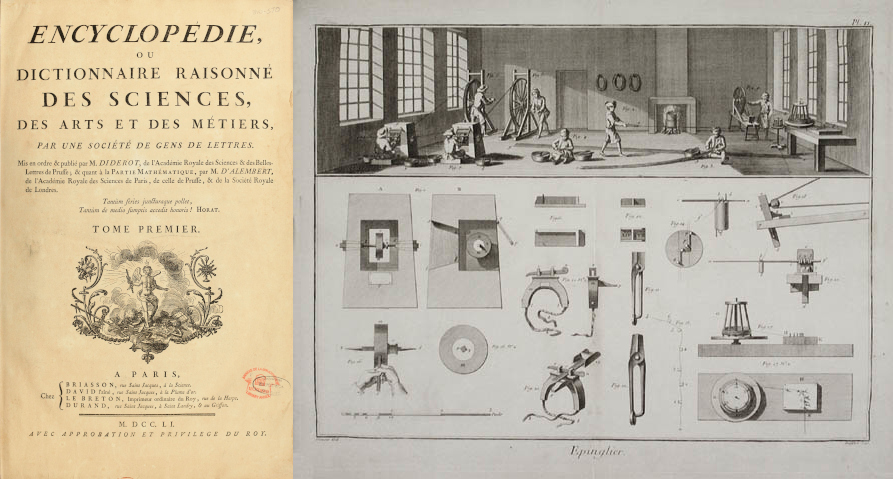The art of computing

Although many artists now use computers to make art, few know that art played a key role in making computers. According to Professor Warren Sack, art and craftsmanship laid the foundation on which computing and software design were built. In his book The Software Arts (MIT Press, 2019), Sack recounts how early figures in computing—like Charles Babbage, inventor of the first mechanical computer—were inspired by the 28-volume French Encyclopédie that catalogued the tools and step-by-step process of 18th-century crafts and trades, such as pin making, glass blowing, and tapestry weaving. “It all came from the workshops of artists and artisans,” Sack said.
An artist and software designer, Sack straddles the two disciplines, his work showcasing how computing can influence art as well. In The Translation Map, a 2003 installation created with artist Sawad Brooks for the Walker Art Center in Minneapolis, Sack’s software routed messages in one language to a series of public discussion forums around the world, resulting in a collaborative process of translation. The artists then traced the pathways of how people worked together, producing translation “maps” that illuminated shared cultural and colonial histories—and enduring divisions. “If you accept the idea that computing is an art,” Sack said, “you gain a completely different way of looking at it.”
*— *

